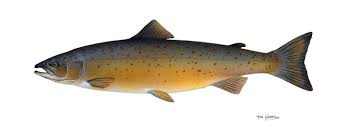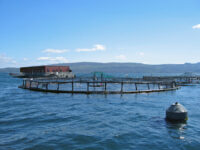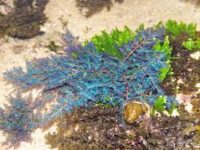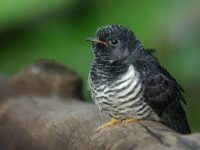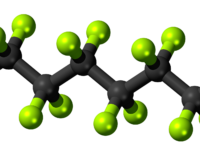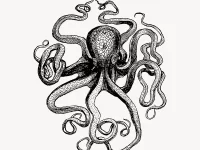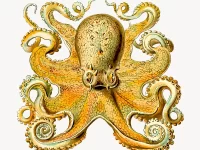A salmon’s life begins with death. Hundreds of miles inland, adult salmon swim against fierce currents, passing hundreds of predators to reach the stream they were born in. There, they spawn and lay thousands of eggs in nests, called redds. For eggs to hatch and new life to begin, mature salmon commit themselves to death mere feet from the redd they hatched from years before.
Salmon are diadromous, meaning they spend part of their lives in freshwater and part in saltwater and undergo lengthy migrations between the two. They spend just a few years after they hatch gathering the strength to swim from their gravel bed homes to the open ocean. These young salmon “fry” are around 10 centimeters long, but they are prepared by the genetics of generations before them to make the trip. Fry use river currents to move from freshwater streams to brackish estuaries to the salty ocean waters that house their feeding grounds. Before they make it to the ocean, fry turn to smolts as they adapt to their new salty environment and lose their spots in favor of camouflaging silver scales. In these estuaries, the salmon will develop incredible homing abilities that will allow them to track the Earth’s magnetic field and their redd’s chemical signature to once again find their natal stream.
“Salmon are diadromous, meaning they spend part of their lives in freshwater and part in saltwater and undergo lengthy migrations between the two.”
For the next one to five years, these young salmon bulk. Feasting on the nutrients provided by the ocean, some species of Pacific salmon, like the Chinook, can grow upwards of 100 pounds. This is intrinsic to their strength during migration — once they reenter freshwater, many salmon will never eat again.
Whether caused by changes in water temperature or the sun’s height in the sky, springtime pulls a trigger within mature Pacific salmon telling them it’s time to spawn. Ready to begin their journey home, the fish use the Earth’s polarity like a compass to lead themselves back to the river mouth they passed through years before. From there, salmon smell their way home.
Following these fish home, the first threat to their run appears at the coast — fishing vessels. For sport fishers to commercial enterprises, salmon are considered a prized catch. Also lurking nearby are sea lions, seals, and — the most fearsome among them — killer whales. Every year these marine mammals congregate by river mouths waiting for salmon to appear. The salmon that make it through these initial trials are not guaranteed to make it to spawning, they will face many more challenges before returning to their natal redds.
Past these predators’ maws, salmon, now called spawners, reach estuaries. This will be the first time these fish have been in freshwater since their initial migration to the ocean. In these early stages of the run, male spawners will develop a hook-like beak, called a kype. Among males, the size of the kype determines the reproductive pecking order: The larger the kype, the more desirable the male.
Moving upstream also means moving up. Salmon sometimes have to jump upwards of a meter to clear large rocks to continue to calmer streams. Along the sides of the bustling, narrow rivers await massive grizzly bears looking to feast before they enter hibernation. Grizzlies line the width of rivers, pouncing on the nutrient-rich and fatty salmon. This battle upstream is draining for the salmon who have not eaten in weeks.
Though salmon’s migrational patterns are among the most difficult across animal species, they complete it for a simple reason – salmon know their natal redds are safe places for hatchlings. When they finally make it home, the salmon reproduce. Females lay thousands of eggs, of which very few will survive to spawn, but it is all they need to continue their vital population. Salmon that cannot find their natal stream will try to find another. If they fail, the fish will circle, searching for a protective gravel bed until they can no longer swim.
Here, at their natal redds, most salmon will die. Some species of Atlantic salmon can make it back to the ocean, but for Pacific salmon, this run is their end. They cannot eat in freshwater and are so exhausted from their thousand-mile migration that salmons’ organs will quickly fail. This sacrifice will never be in vain; not only does the salmon run fuel future generations of salmon, but the nutrients their decomposing bodies release into streams help maintain healthy rivers, and, by following the current, ocean. After their run, mature salmon end their life cycle, but they begin a new generation too.
- Pacific Salmon Life Histories (1991). ISBN: 0-7748-0359-2
- Respiratory Physiology & Neurobiology (2012). DOI: 10.1016/j.resp.2012.07.019
